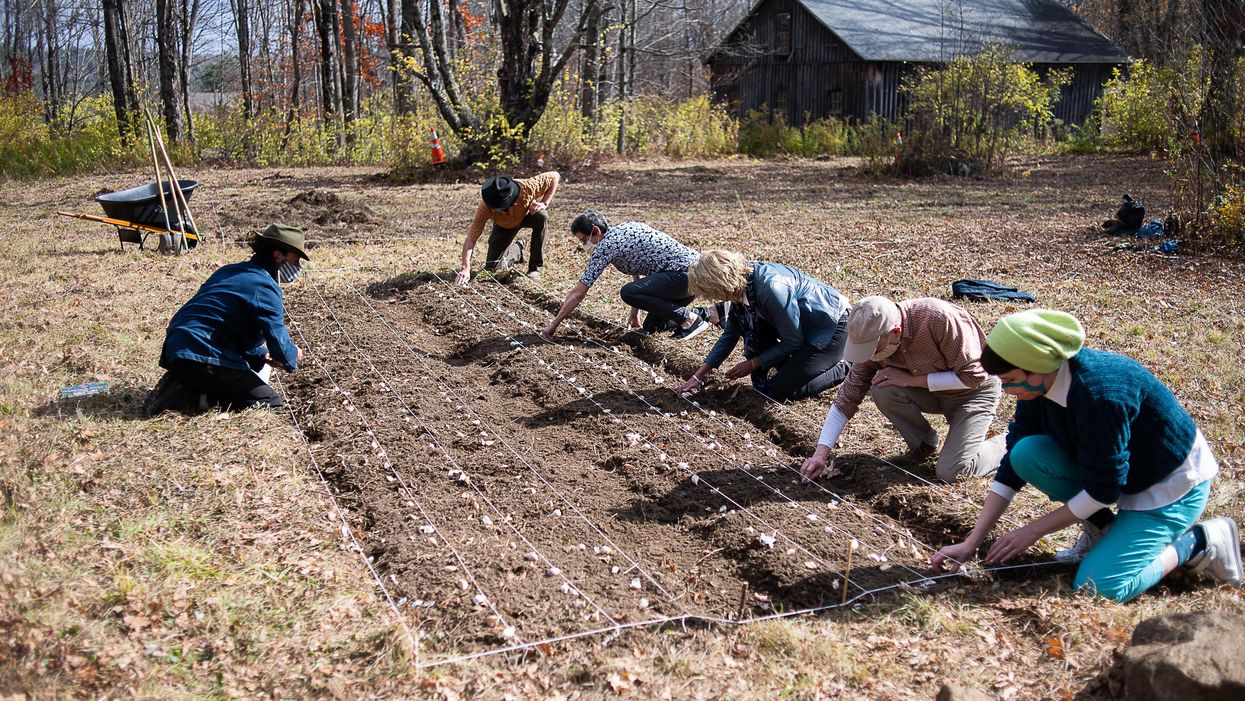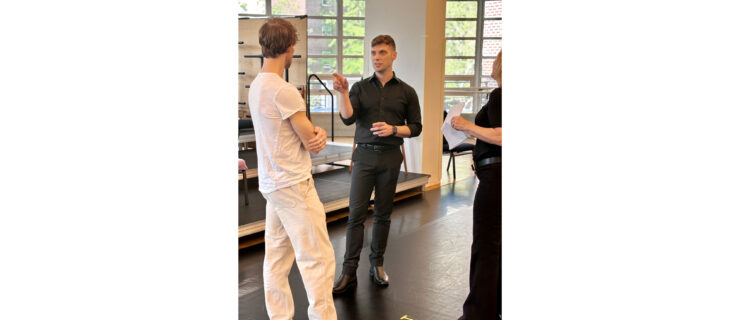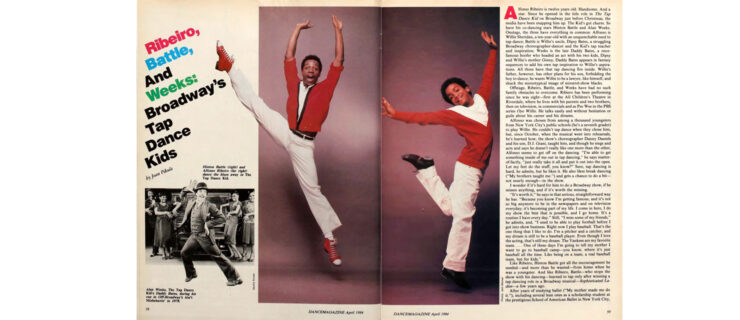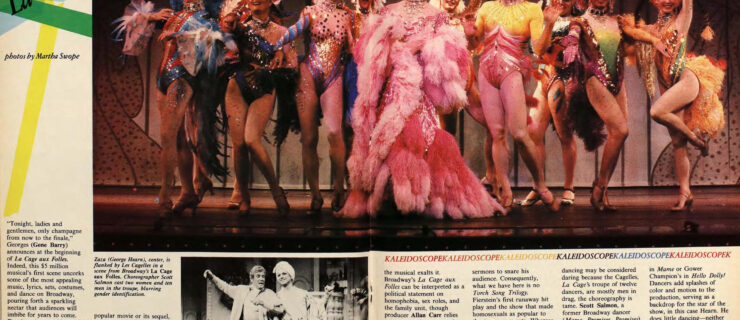How Jacob's Garden Is Bringing the Pillow Back to Its Farming Roots
Adam Weinert has brought farming back to Jacob’s Pillow. In the 1930s, founder Ted Shawn and his dancers grew their own food, which was as much about leading a healthy lifestyle as it was about practicality. Now, Jacob’s Garden, a 1.5-acre functioning farm garden, will provide freshly grown produce for the Pillow community.
It currently includes harvested rainwater irrigation systems, beds of annual and perennial fruits and vegetables, and an outdoor stage. The aim is to fulfill 30 percent of the Pillow’s produce needs during the current pilot phase. If all goes well, Weinert hopes 60 percent will be produced (and livestock introduced) by 2023, and an ambitious 90 percent produced in the garden by 2026.
Weinert first proposed the project back in 2014; without an in-person Jacob’s Pillow Dance Festival in 2020, there was more time and space to get his dream into the ground. The first seeds were sown in October 2020 and the Garden’s inaugural event took place on July 10. Following a movement-based activation by Brother(hood) Dance! and a land blessing by Eastern Woodlands Rematriation, Weinert’s own company danced, fittingly, a reconstruction of Ted Shawn and Ruth St. Denis’ Tillers of the Soil.

Christopher Duggan, Courtesy Jacob’s Pillow
“In 2013, I had a commission to reconstruct Ted Shawn’s works,” recalls Weinert. “I looked at his training schedule. And because farming was a part of the schedule, I took a job on a farm. It ended up being totally transformative.”

Richard Merill, Courtesy Jacob’s Pillow Archives
“Farming, like dancing, is something you make happen in the daily physical act of doing it,” says Weinert. “They require similar kinds of discipline, rigor and physical exertion. There is also something about listening, and the meditation of repeated action. It also really helped me find that elusive groundedness in my dancing that my teachers had been asking of me for years.”




